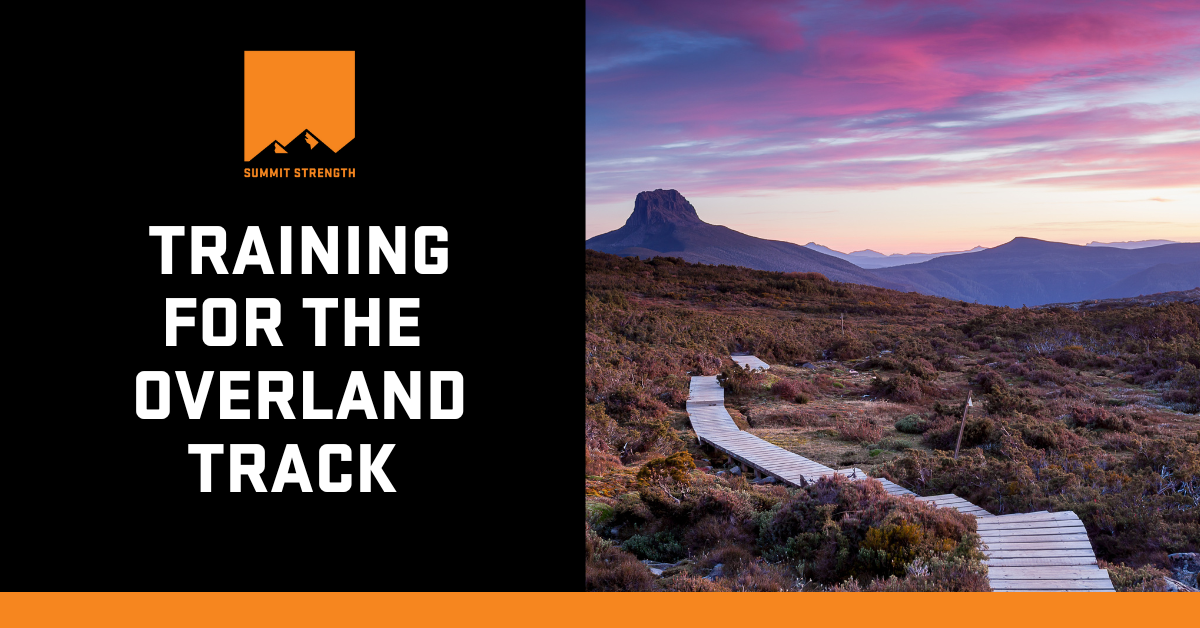|
In this podcast episode, I dive into how a hiker can get fit for the Overland Track. This episode is split into two halves. In the first half, I interview Andrea about her experience on the Overland Track. And she explores her journey on the trail, and talks about some of the challenges she faced on this fantastic adventure. In the second half, I take over and dive into the details about how I would recommend hikers approach their training for the Overland Track. And I talk through some of the exercises, workouts and strategies which can help physically prepare hikers for this type of multi-day adventure. How To Get Fit For
|
AuthorRowan is a personal trainer who specialises in training for hiking, trekkers and mountaineers for their bucket list adventures. Archives
July 2024
Categories
All
|
AboutSummit Strength is a personal training for hiking service created specifically to help hikers have the best chance of a safe, enjoyable and successful adventure.
|
Company |
Services |
|
|
© COPYRIGHT 2018. ALL RIGHTS RESERVED.
|
Website Design by My Personal Trainer Website
|


 RSS Feed
RSS Feed
